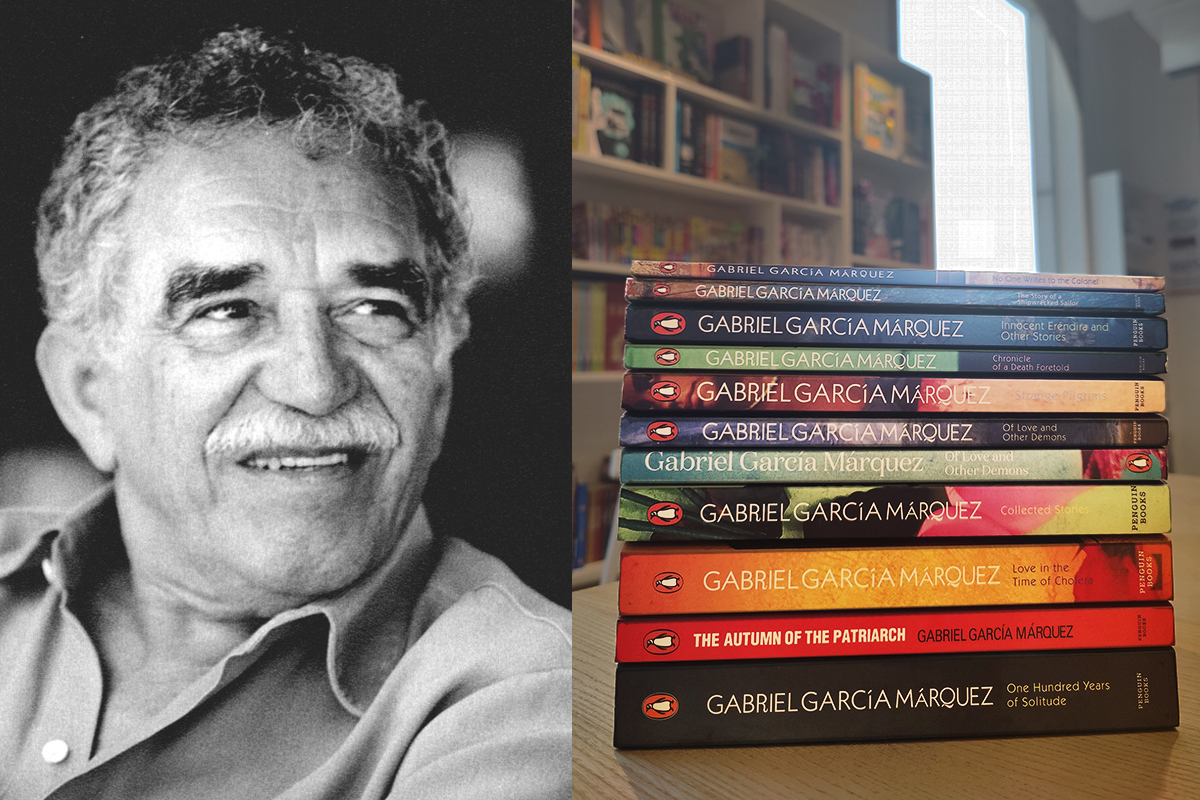
Reading Gabriel García Márquez was confusing and difficult for a literature student, especially when the Colombian writer attributed his magical fiction to reality. It took a lesser-read book of his to make things clearer. By Paridhi Badgotri
From childhood we’re instructed to stay hinged to reality, and reality, we are told, is something that is happening in front of us—something that is tangible, that requires a connection with our five senses. So, when Colombian writer Gabriel García Márquez, known for his intentional departures from our visible world, proclaimed that his novels are wholly based on reality, especially One Hundred Years of Solitude, I was left bewildered. How can a novel about fantastical, myth-like creatures be a representation of the same reality that I inhabited?
This question led to another more confounding one:
What is reality?
The interpretation of reality is skewed with Márquez. He is known to have defined the genre of magic realism. But here’s the catch: the term ‘magic realism’ was more or less imposed on him. For Gabo (an affectionate nickname), his novels were just real because the extraordinary events that happened in Latin America were often deemed ‘unrealistic’ elsewhere. The reality of that region was different from that of the rest of the world. With the complex post-colonial history of Latin America and the political tug-of-war between the Conservative and Liberal parties, Márquez found no other way to represent Colombia but to create a fictional town that seemed unreal on the surface.
By all means, Márquez was one of the few people to realise that there is something obscure about reality—every form of reality. He questioned all forms of truth, but most importantly, he asked why society considered some irrational things believable and others not. The answer lies in another novel of his, Chronicle of a Death Foretold.
When I was a sophomore literature student, I picked up One Hundred Years of Solitude—and within 50 pages I told my professor, “It’s an impossible read with its repetitive names, confusing plot, and non-linear narrative!” He asked me to start Márquez with Chronicle of a Death Foretold and then move on to his most famous novel. Reluctantly, I started reading the slim book—it immediately grabbed my attention and kept me hooked for all of its 100 pages. The book deals with a case of honour killing in a small Latin American village off the Caribbean coast. Every person in the village knows that the Vicario twins are planning to murder Santiago Nasar; even Santiago’s mother, who is a popular interpreter of dreams, predicted that the murder is going to happen but did nothing to prevent it. Why? Because none of the villagers thought that honour killing would actually happen in modern society. But the novel did not feature any supernatural elements, so where was the magic realism? And then it dawned on me: the magic realism was in the paradox of the modern society where even if each person in the village was aware of the plotting of the murder, no one made an effort do something about it. When reality seems unbelievable, it becomes magical.
Once I understood this about Márquez, reading One Hundred Years of Solitude became an enjoyable ride. Eminent philosopher and writer Albert Camus once said, “Fiction is the lie through which we tell the truth.” Magic realism is not just about supernatural elements peppered around a plot, but about our reality that is sometimes unbelievable and often incomprehensible. That’s why we need fiction, to uncover the mysteries of our reality, to make it comprehensible. Márquez was a magician to not only recognise this but also represent it in a timeless fashion through his fictions.
Related: The Sound of Literature: 5 Audiobooks that Uplift their Original Texts into an Immersive Experience

1 thought on “How Gabriel García Márquez Changed My Perception of Reality”